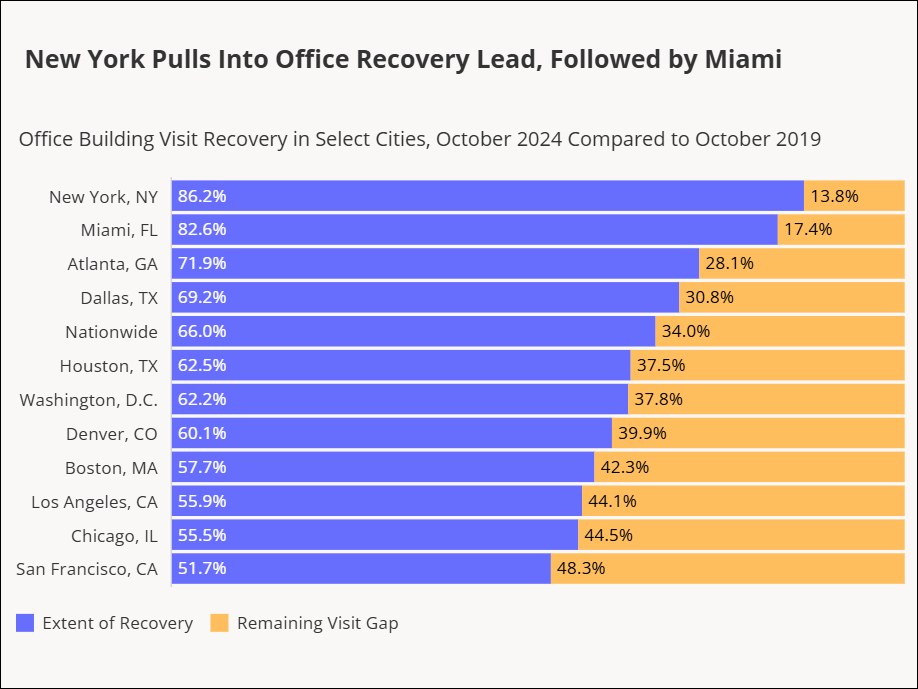Economist’s View: The Butterfly Recovery Has Begun
The U.S. economy’s path toward recovery is bound to involve several stops, detours and starts along the way.
The U.S. economy’s path toward recovery is bound to involve several stops, detours and starts along the way.
It is essential to understand that this is not a cyclical recession. It is an economy-wide shutdown depression. The recovery will reflect what the government allows us to do and what we decide we are willing to do. It will follow a trajectory like a butterfly flying uphill: basically upwards, but slowly and with fits, stops, detours and starts.
The U.S. economy hit bottom in mid-June and is now on a path toward rebuilding a stalled economy. It is useful to remember that the economy was quite strong prior to the virus reaching the U.S. Then the shutdown occurred—first for 14 days and eventually for about 100 days. It is still ongoing to varying degrees in different cities and states.
In the second quarter of 2020, real GDP fell by 9.1 percent year-over-year and by a stunning annualized rate of 31.7 percent. Similarly, real per capita GDP was down 9.8 percent year-over-year through the second quarter. This is exactly as we predicted on March 24—about a week into the shutdown.
All hiring stopped, businesses closed (many to never reopen), workers were furloughed and fired, and natural attrition through retirements and deaths occurred. With the retail, entertainment and hospitality sectors largely shut down, we estimate that 55 million people—at least temporarily—lost their jobs.
Actual unemployment figures by the Bureau of Labor Statistics Payroll Survey, ADP and even BLS’ Household Survey are much too low, and employment too high, as the nature of the unemployment is so focused by industry, geography and demographics so as to fool typical sampling techniques. We estimate that on an apples-to-apples comparison, the unemployment rate peaked at 22 percent to 25 percent in early June.
Our basic math for estimating apples-to-apples unemployment compared to February 2020 is simple. There were about 5.8 million unemployed at the end of February 2020. Since then, 61 million new unemployment claims were filed, and, at most, 35 million workers were newly hired over the same period, resulting in at least 26 million not working and an estimated apples-to-apples unemployment rate of 16 percent using the February labor force. Even if an unlikely 40 million were hired during this period, the unemployment rate would be about 13 percent, well above the official 8.4 percent in August.
Further, we can all feel that the economy is far weaker today than when the unemployment rate was 10.3 percent in 2009. An alternative estimate is that the BLS Household Survey reported a labor force of 164.5 million, which was rising by about 125,000 per month, and 158.8 million employed in February 2020, resulting in an unemployment rate of 3.5 percent. In August, the reported Household Survey labor force and employment were 161 million and almost 147 million, respectively. However, adding six months of projected growth of the February labor force yields an apples-to-apples labor force of over 165 million and an unemployment rate of 10.9 percent in August 2020.
A third approach to estimate “true” employment is to compare it to the roughly 10 percent decline in GDP. If employment fell roughly proportionate to GDP, it has fallen by 10 percent, which, when added to the 3.5 percent February unemployment rate, generates at least a 13.5 percent apples-to-apples unemployment rate. The point is that any way you cut it, the true unemployment rate is 12 percent to 16 percent, far above the 8.4 percent official rate.
Dr. Peter Linneman is principal and founder of Linneman Associates and professor emeritus at the University of Pennsylvania Wharton School of Business. Follow Dr. Linneman on Twitter: @P_Linneman









You must be logged in to post a comment.